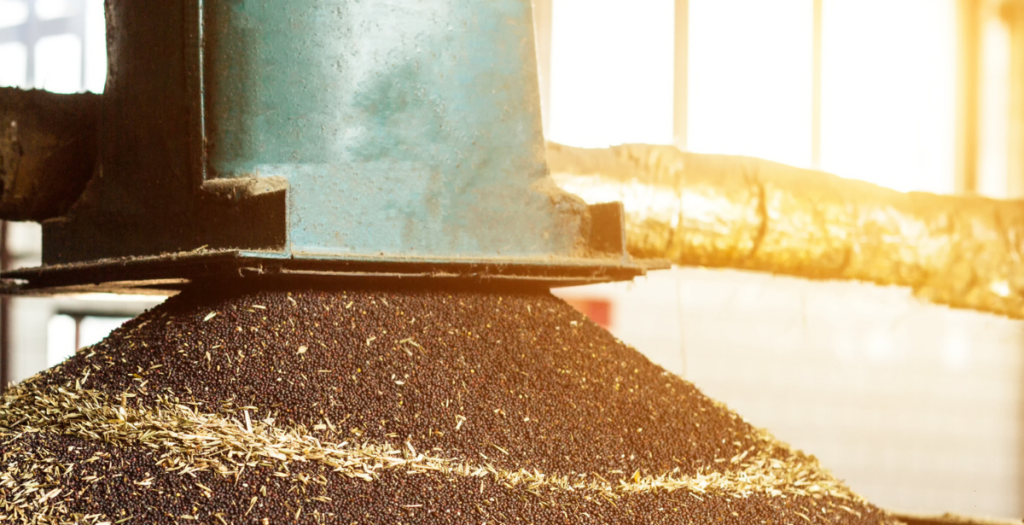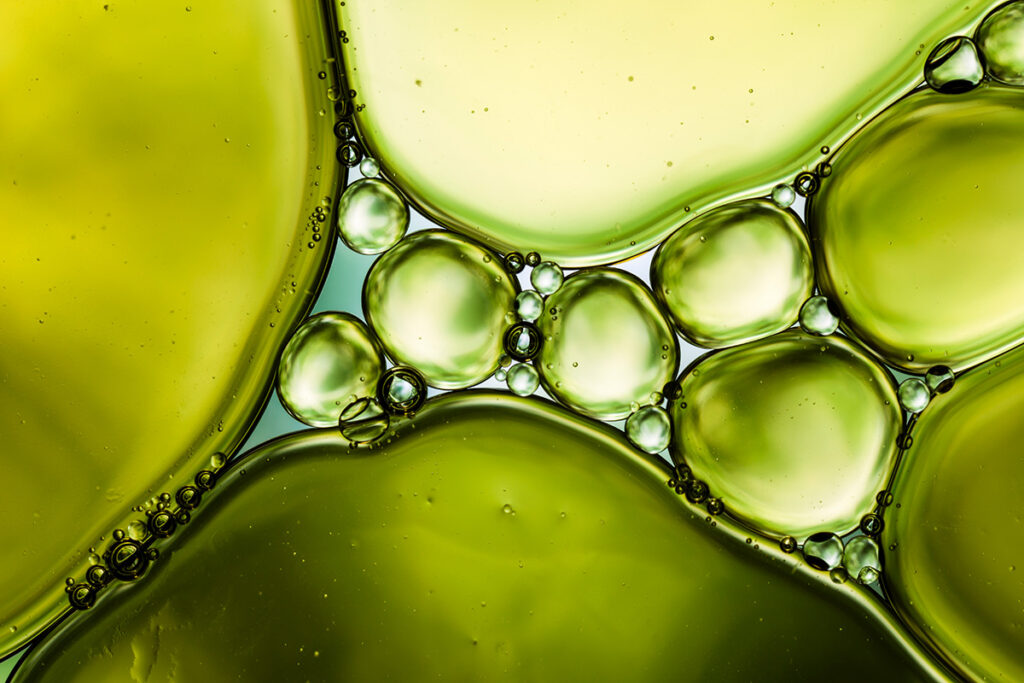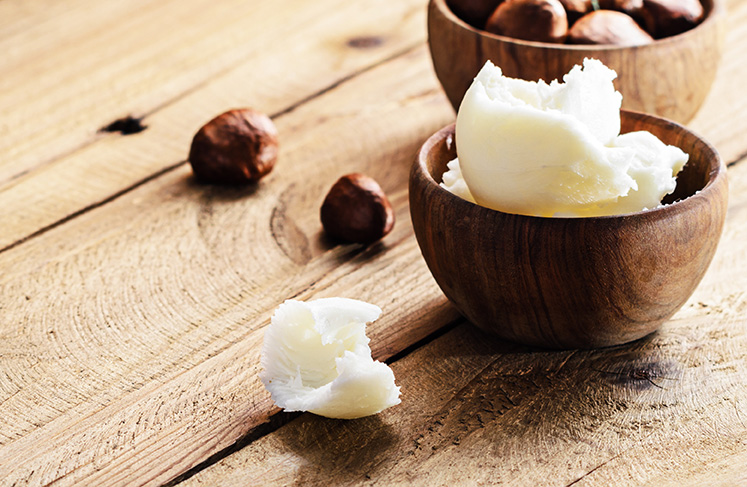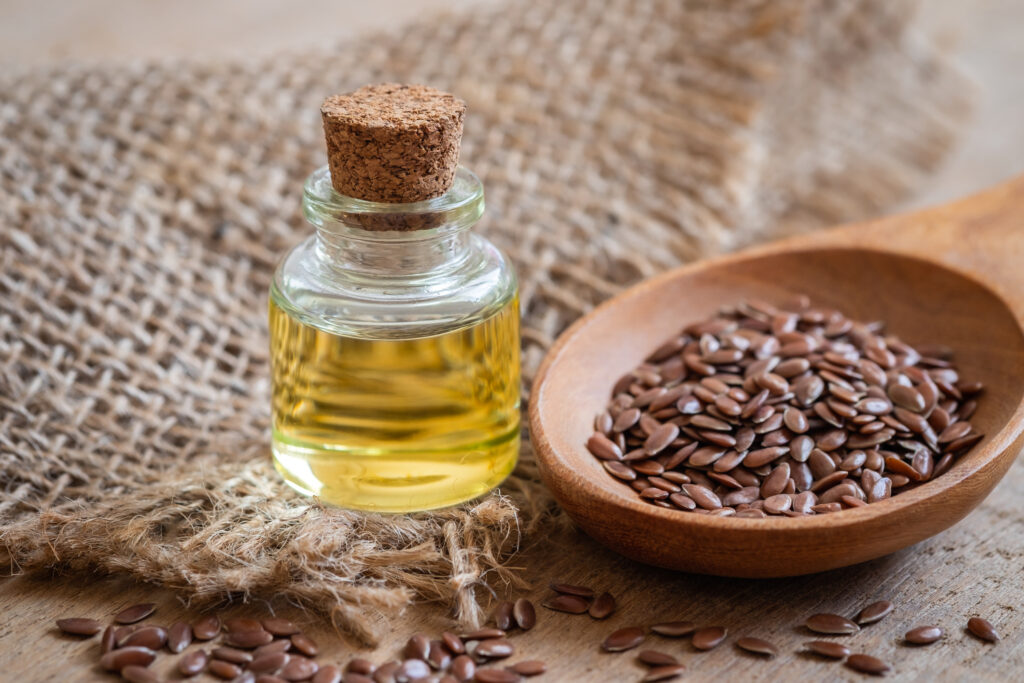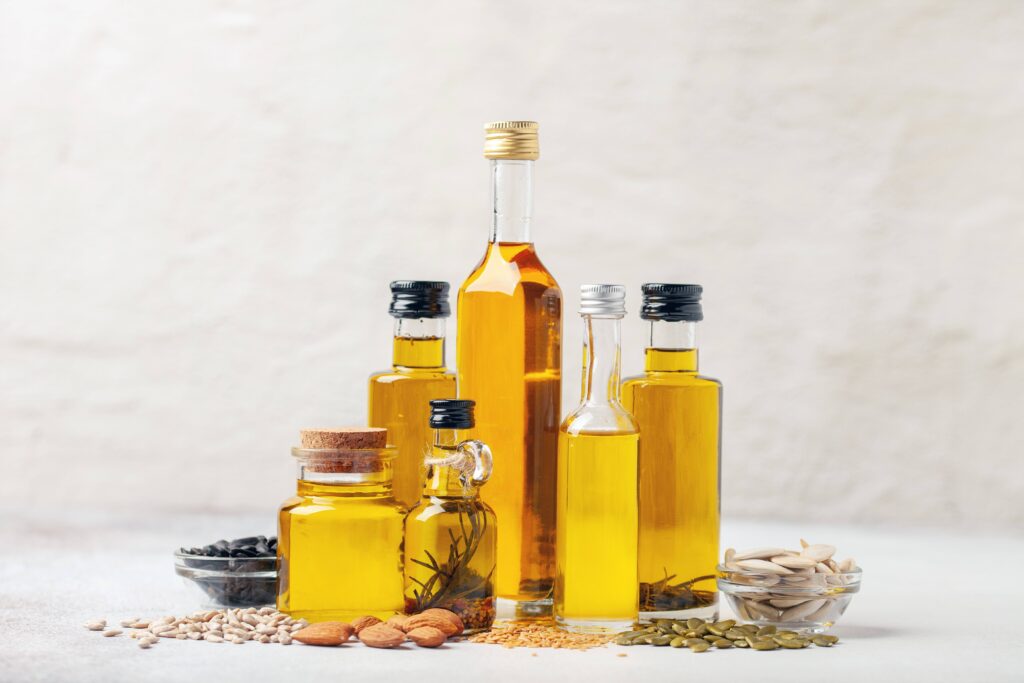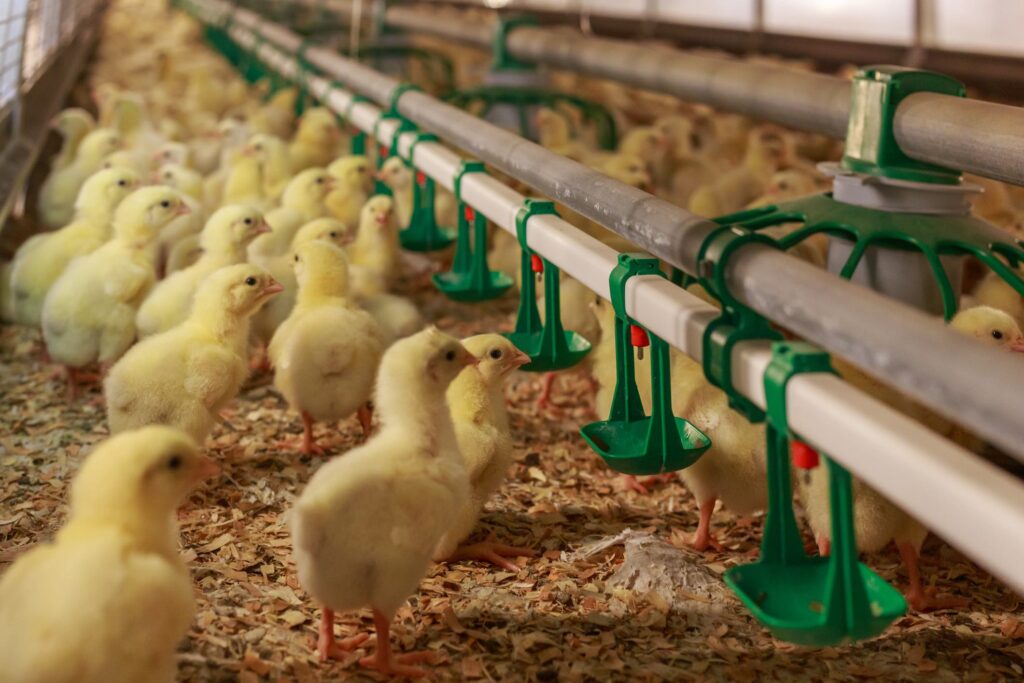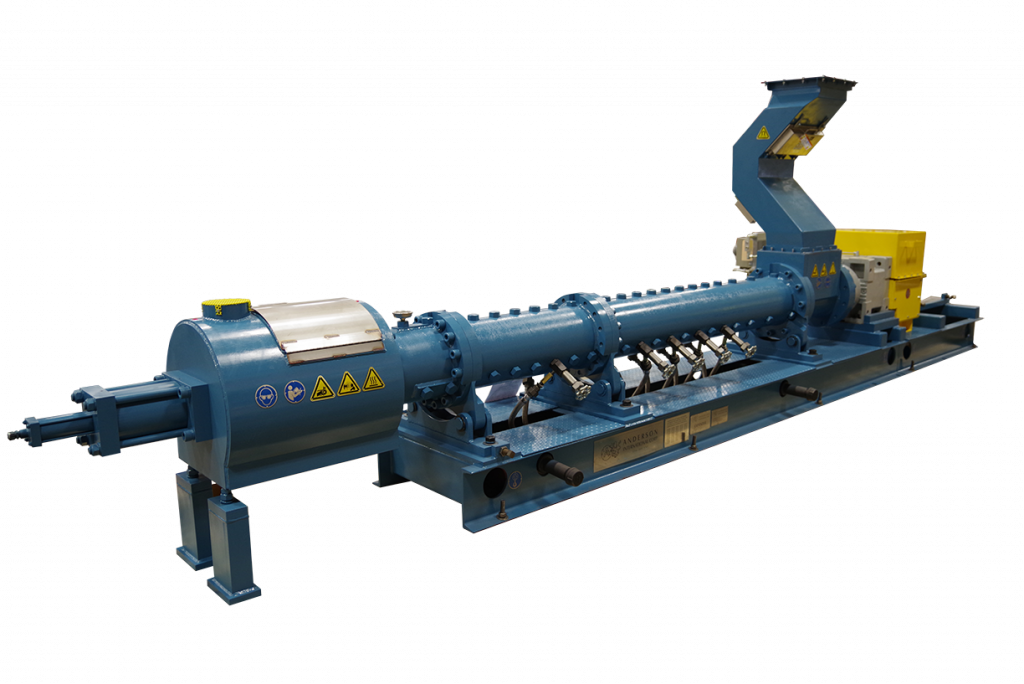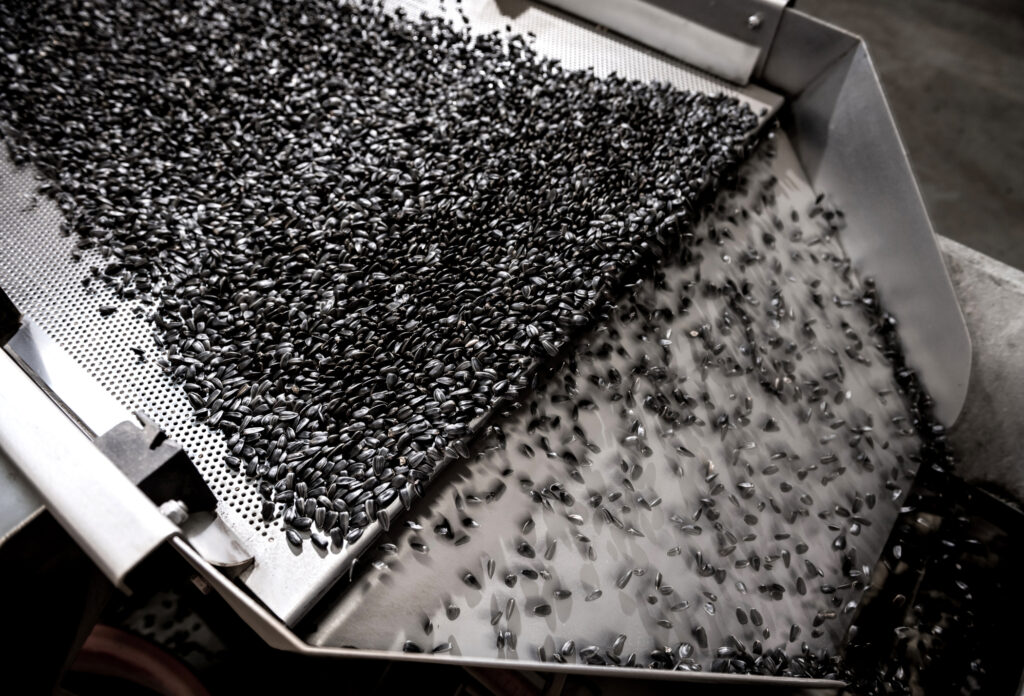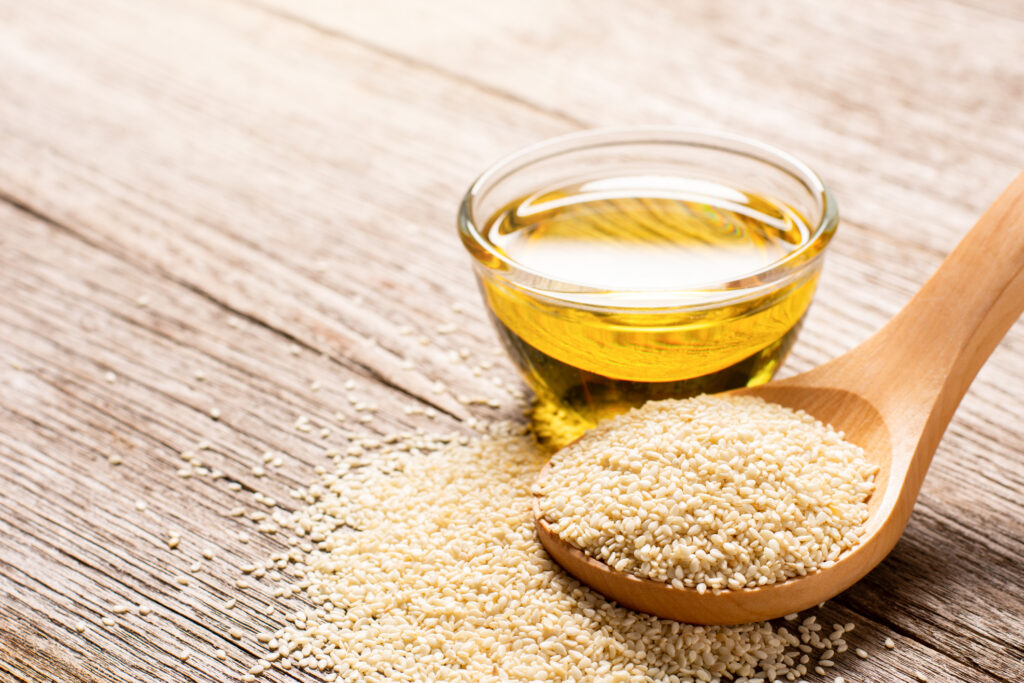Soybeans are the world’s most dominant source of vegetable oil, with more than 370 million metric tons being processed this year—more than the other six highest-volume oilseeds combined. Since solvent extraction is the most commonly used method of extracting vegetable oil, it makes sense that most of the world’s solvent extraction equipment is designed specifically…
The Benefits of Pre-Pressing in Solvent Extraction
